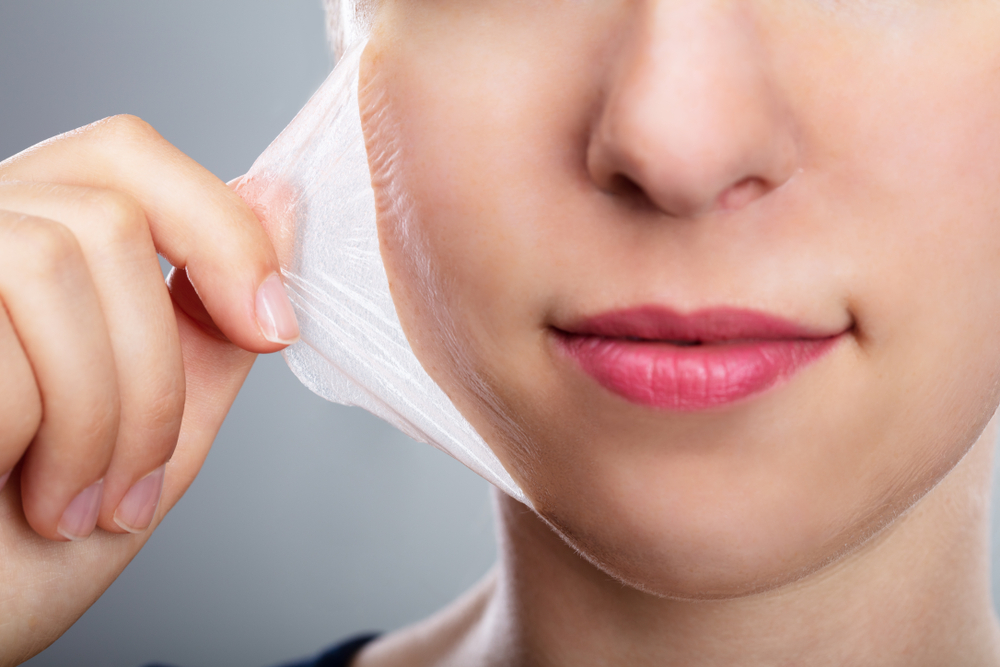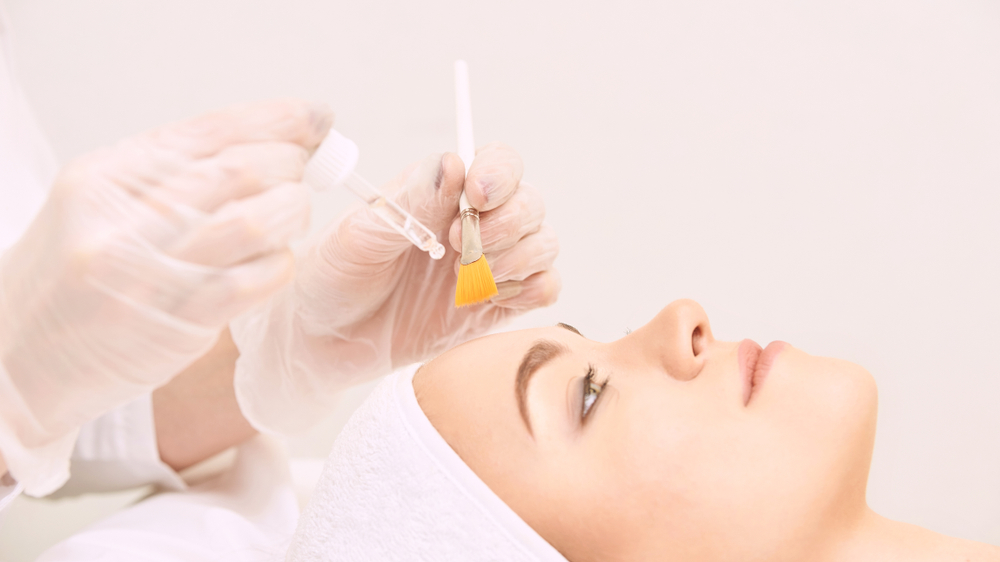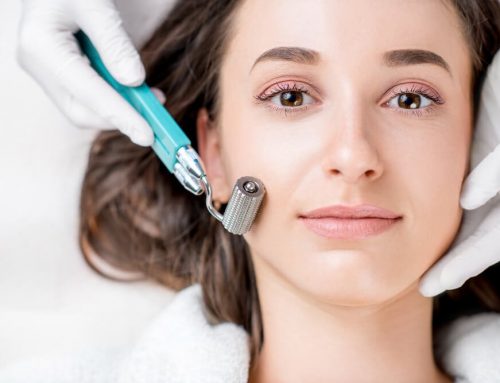Fighting acne scars is a battle with its own merit and one that poses an intimidating route for those who suffer from chronic acne, or patients who’ve recently found the remedy to eliminate acne from their skin.
Finding the safest and most effective treatment plan for acne scars doesn’t have to be a challenging path. In fact, when you work with the right dermatologist or cosmetic physician, identifying your skin type, acne history, and scarring severity quickly narrows down the best possible options for your healthy, glowing skin.
Some patients will hear about chemical peels when searching for their acne scar solution, and for many, it’s a highly effective treatment method. However, it’s important to get an expert’s opinion before going forward with any chemical reactors on your skin. Ask your physician if chemical peels are a wise treatment choice for your skin, and in the meantime, get to know more about the peel and long-term process for overcoming acne scarring.
A Face Peel for Acne Scars Can Have Immediate Effects
Although multiple peels will provide long-lasting and skin-changing effects, most patients see improved skin appearance after their first chemical peels. Some of the benefits you can look forward to with a chemical peel are:
– Smooth skin tone and texture: by removing a layer of dead skin cells and dirt or toxin build-up from creams and makeup, the skin’s surface becomes smoother. Acne scars are often characterized by dents or grooves in the facial skin, and skin cells fight and fail to keep up with the repair process involved in frequent acne breakouts. Continuous peels remove the depth of difference between the scar grooves and the skin surface, helping to restore your naturally even complexion.
– Minimized dark spots: dark spots are another common side effect of frequent acne breakouts, typically caused by exposure to the sun before the skin has properly healed from a recent breakout. Peels can help reduce the dark pigmentation of these spots to give you all over even color.
– Clean skin: of course, the most important part of staying acne-free is maintaining healthy, clean skin. Chemical peels go above and beyond, thoroughly cleaning the skin and ridding it of dirt, dead skin cells, bacteria and other toxins that our pores naturally absorb throughout the day (whether or not you wear makeup).
– Rejuvenated skin: all skin types can afford to be rejuvenated at every stage of skin-cell development, and chemical peels are an excellent method to achieve renewed results. Treating acne comes with a laundry list of trial and error, and all while breakouts continue to surface and interrupt the skin’s natural growth and repair cycle. Peeling superficial layers away and cleansing the skin to fight future breakouts allows the skin to renew and refresh so you can obtain your brightest glow.
Skin peels for acne scarring might not be the best peel for ultra-deep or raised scars.
Although we said that chemical peels can even and smooth out the skin texture, there is a threshold of scarring that you want to make sure you and your treating cosmetologist are aware of. If you have deep grooves or highly raised bumps, it’s important to see a physician you trust or a dermatologist with substantial experience with this type of scarring. Chemical peels are strong and can be damaging to skin that is delicate and fragile from years of fighting acne. Always ask for a consultation before going forward with treatment.
Best Chemical Peel for Acne Scars
Chemical peels range from mild to medium to deep, and the right one for you depends on your skin type, acne history, and desired results. Some of the best chemical peels include these ingredients listed below:
- Glycolic acid: all skin types
- Phytic acid: sensitive skin
- Salicylic acid: oily, dirty skin
- Lactic acid: dark spots
- Mandelic acid: dark skin and large pores
Best Chemical Peel for Acne Scars and Large Pores
The best chemical peel to try for treating both large pore and ace is one with mandelic acid. The acid comes from bitter almonds and is best for large pores as this skin type can be ultra-sensitive to acids and chemicals on the skin.

Before You Peel
Before you dive into your rejuvenating chemical peel, stop using any prescribed Retin-A products (at least 48 hours before), ask about prescription medication contraindications, and avoid waxing, bleaching, or epilating the respective area a week before treatment.
Have You Tried a Chemical Peel? Let Us Know in the Comments.
If you’ve had a chemical peel or had a series of peels, our community of clients would love to know about your experience. If you have special advice for a particular acne or skin type, we’d love to hear about it. Comment in the section, below.
Have Questions?
Reach out to our team at Dr. Rochlin, and we’ll answer any lingering questions you have.
Dr. Semone Rochlin
Dr. Semone Rochlin is a board-certified cosmetic and surgery specialist practicing in Scottsdale and Gilbert, Arizona. She specializes in cosmetic and reconstructive surgery and offers her patients a variety of procedures including breast augmentation, liposuction, injectable fillers, Botox, eyelid surgery, tummy tucks, PRP and Mommy Makeovers. Dr. Rochlin is dedicated to helping patients look their best and enjoy improved confidence and wellbeing. She provides personalized care to each patient while working with them through their transformation to ensure result satisfaction.
As a practicing physician for over ten years, Dr. Rochlin understands a variety of cases and patients, deeming her a facial expert and most reliable candidate to perform your chemical peel. When you are ready to embark on your facial treatments, reach out to Dr. Semone for incredible results, unmatched expertise, and confident guidance throughout the process. We look forward to taking you through your journey to renewed skin, soon.



